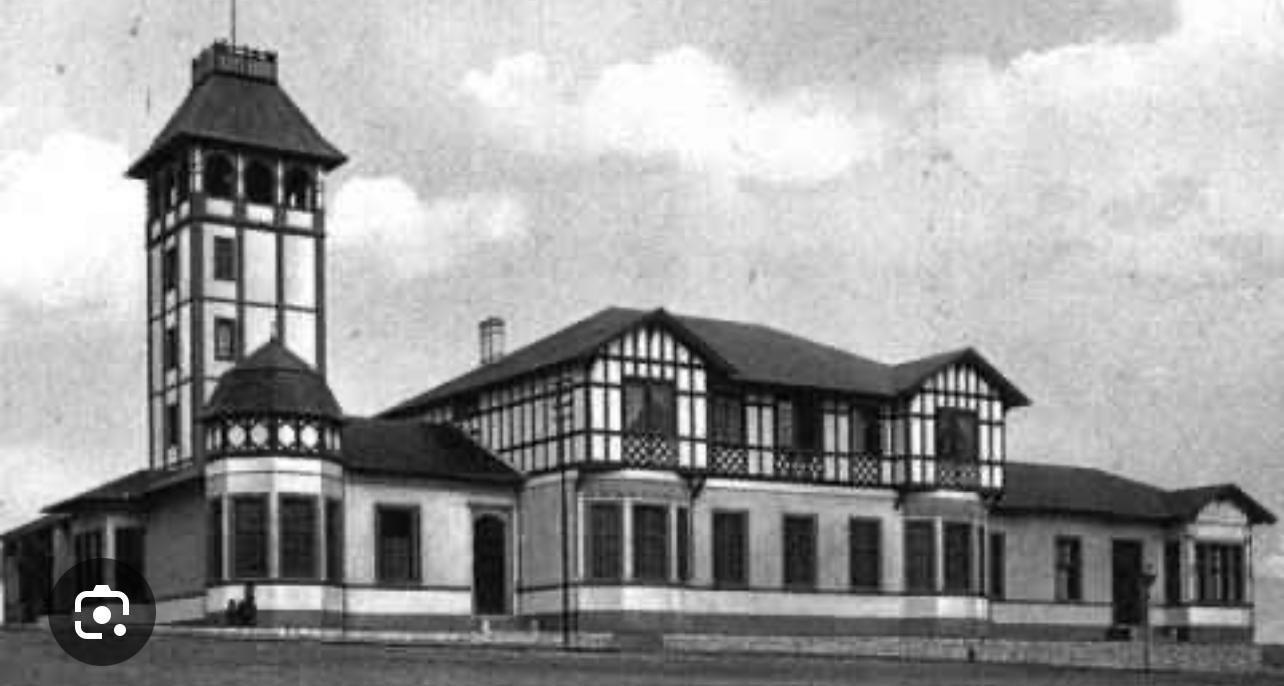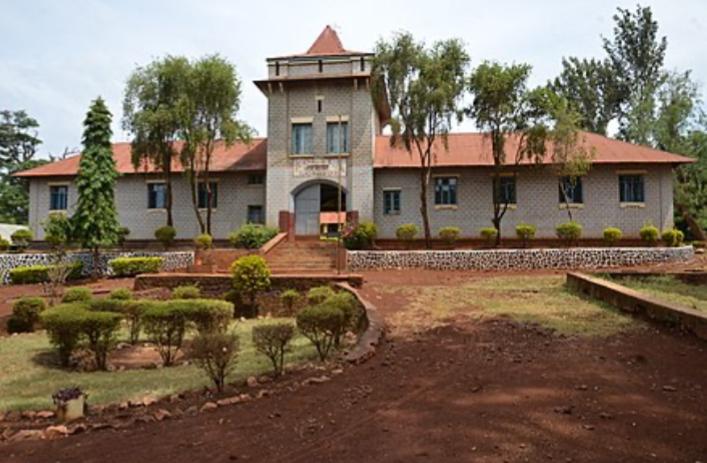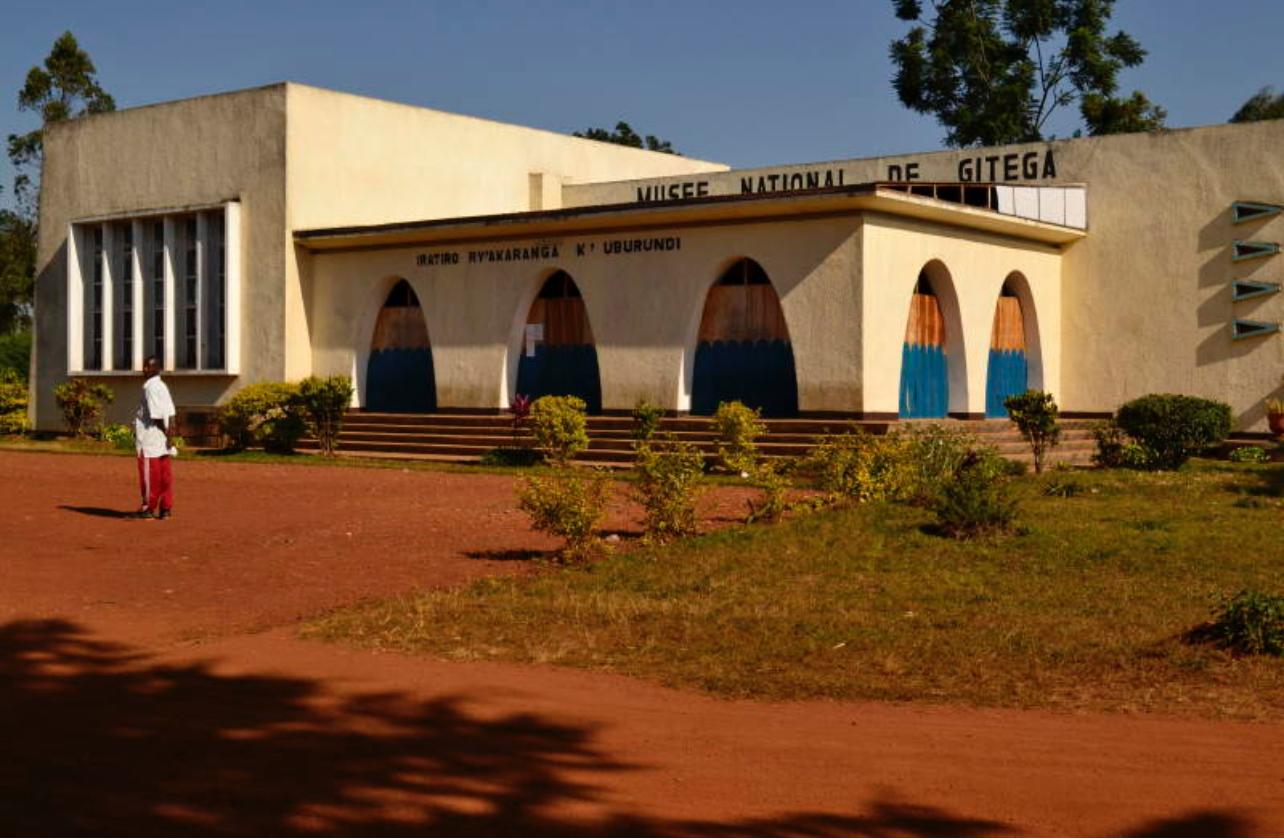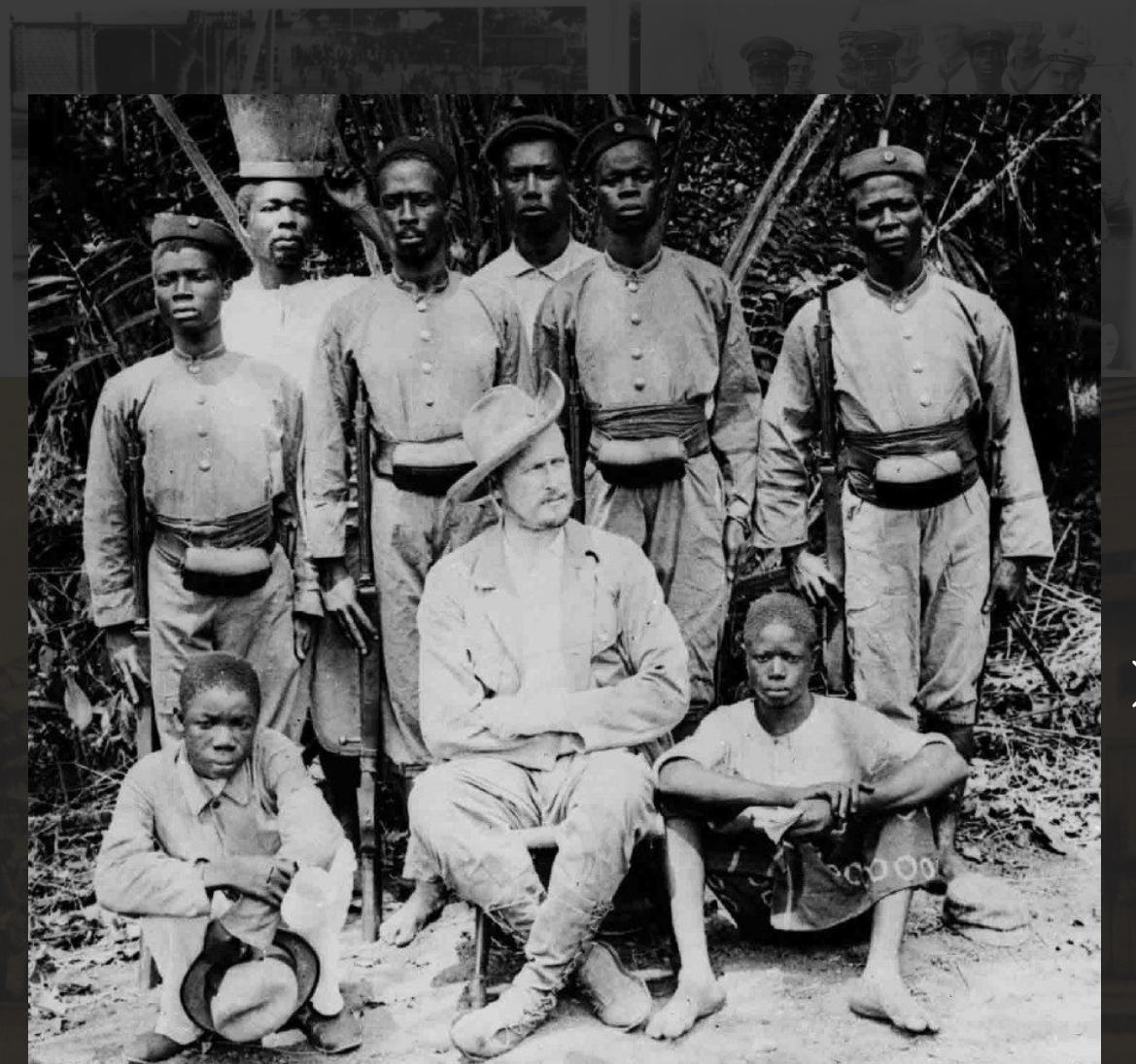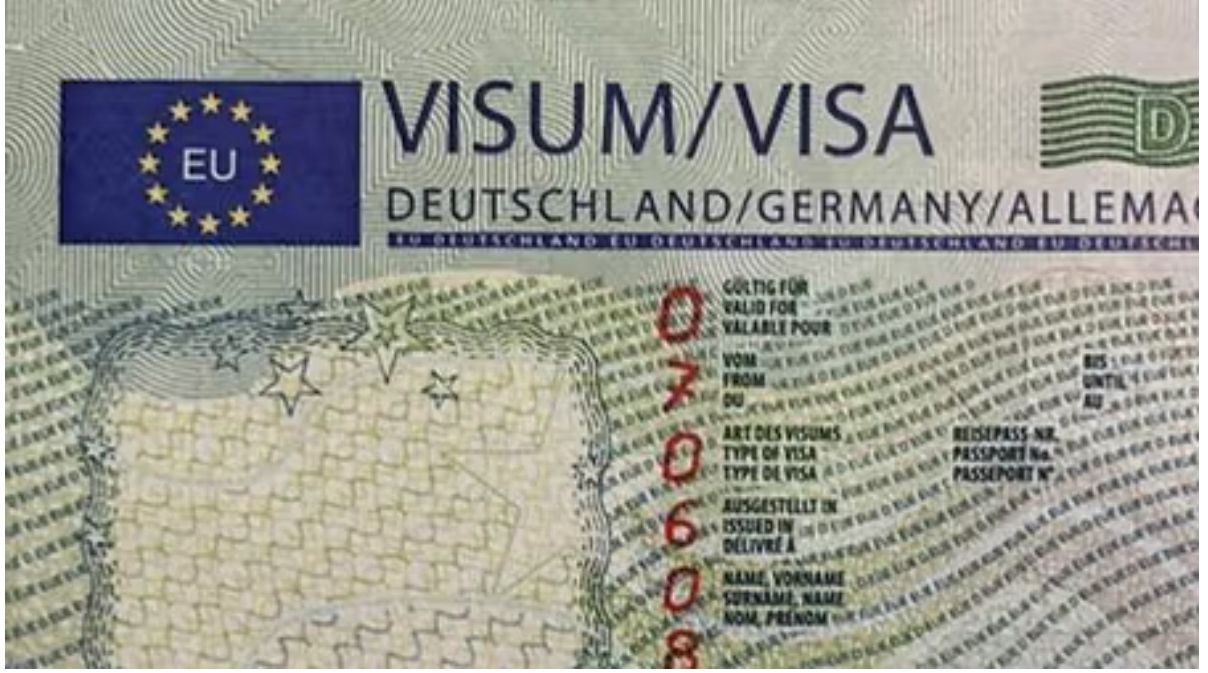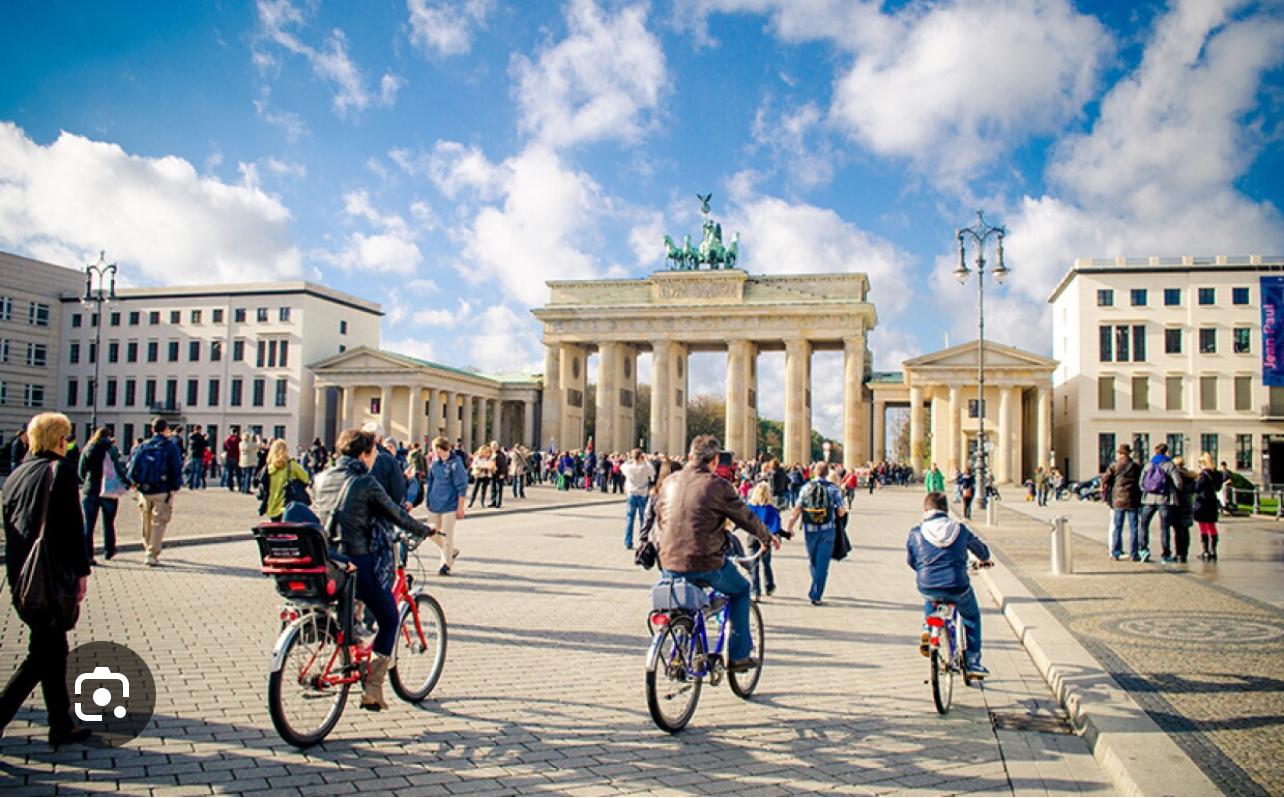From 1884 to 1915, Namibia was a German colony known as German South West Africa. The Germans left behind a rich architectural, infrastructural, and cultural heritage, still visible in Namibia today. For travelers interested in colonial history, architecture, and cultural experiences, Namibia offers some of the most well-preserved German landmarks in Africa.
1. German Railways & Roads
The Germans built some of Namibia’s first railway lines and roads, many of which are still in use.
✔ Swakopmund-Windhoek Railway (1902-1904) – A major German engineering project that connected the coast to the capital.
✔ Lüderitz-Keetmanshoop Railway – Built to transport diamonds and minerals from southern Namibia.
✔ Colonial Roads – Many of Namibia’s highways follow the paths of old German roads, especially in Windhoek, Swakopmund, and Lüderitz.
2. German Colonial Architecture & Landmarks
Namibia has some of the best-preserved German colonial buildings in Africa, offering a European feel in an African landscape.
✔ Christuskirche, Windhoek – One of Namibia’s most iconic buildings, a German Lutheran church built in 1910.
✔ Alte Feste (Old Fortress), Windhoek – Built in 1890 as a German military base, now a national museum.
✔ Swakopmund Architecture – This coastal town is famous for its German half-timbered houses, beer halls, and churches, giving it a Bavarian feel.
✔ Goerke House, Lüderitz – A stunning German mansion built in 1910 by a wealthy diamond merchant.
✔ Woermannhaus, Swakopmund – A historic trading post with an old German observation tower.
3. German Forts & Military History
During their rule, the Germans built several fortresses and military outposts.
✔ Shark Island Concentration Camp (Lüderitz) – A dark reminder of Germany’s brutal Herero and Nama Genocide (1904-1908).
✔ Waterberg Battlefield – The site of the 1904 battle between German forces and the Herero people.
✔ Duwisib Castle – A European-style fortress in the desert, built by a German officer in 1909.
4. German Agriculture & Vineyards
The Germans introduced commercial farming, breweries, and winemaking, some of which continue today.
✔ Namibian Breweries (Windhoek Lager) – German settlers introduced beer brewing, and Namibia is now famous for following the German Beer Purity Law (Reinheitsgebot).
✔ Grape Farming in the South – The Germans introduced vineyards, which later led to Namibia’s wine industry.
✔ Sheep & Cattle Farming – German settlers helped develop large-scale livestock farming, which is still central to Namibia’s economy.
5. German Cultural Influence in Namibia
Even today, German culture is visible in Namibia’s food, festivals, and language.
✔ German is still spoken – Many Namibians, especially in Windhoek and Swakopmund, speak German fluently.
✔ Oktoberfest in Windhoek – Namibia hosts an annual Oktoberfest, just like in Germany.
✔ German Cuisine – Visitors can enjoy bratwurst, sauerkraut, pretzels, and schnitzel in many Namibian restaurants.
6. Exploring German Heritage in Namibia Today
📍 Windhoek – Christuskirche, Alte Feste, Oktoberfest celebrations.
📍 Swakopmund – German architecture, beer halls, and the Woermannhaus.
📍 Lüderitz – Goerke House, Shark Island, and colonial-era railways.
📍 Waterberg – Battlefield site and Herero memorial.
📍 Duwisib Castle – A unique German fortress in the desert.
A Lasting Legacy
Germany’s influence on Namibia remains stronger than in most other African countries, with architecture, culture, and even language still visible. While the colonial period brought both development and conflict, travelers today can explore Namibia’s German heritage through historical tours, museums, and cultural experiences.
Plan your historical journey to Namibia at www.theafrikawewant.com

